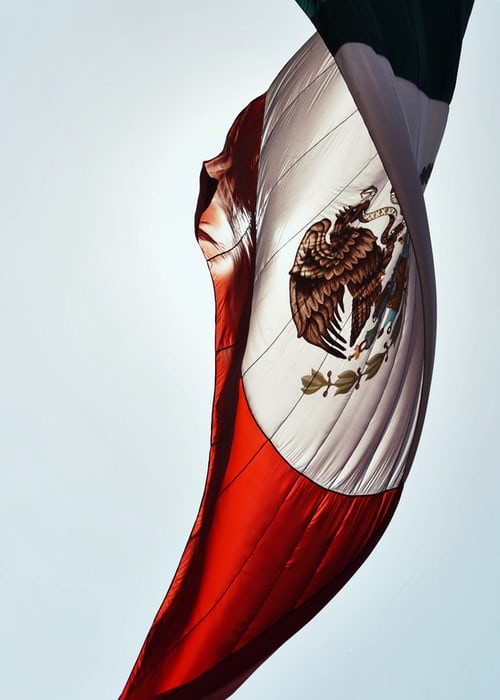US, Mexico Reach Water Deal Before Deadline
U.S. state and federal leaders recently announced that they had reached an agreement with Mexico to fulfill its treaty obligation to supply water to the country.

The U.S. and Mexico both signed a water-sharing agreement in 1944. Under the deal, residents in the U.S., especially agricultural interest groups, would be able to access additional flows from border-area rivers for irrigation and drinking water.
The agreement between the two countries is set to end on Oct. 25. The previous water-sharing agreement requirement holds Mexico to release 1.75 million acre-feet of water into the Amistad and Falcon international dams in a five-year cycle.
According to a published article of Valley Morning Star, Mexico needs to provide more than 400,000 acre-feet in July to complete its five-year treaty obligation. Currently, Mexico still needs to give and release around 105,000 acre-feet.
In a statement on Thursday, Texas Governor Greg Abbott said the deal helps ensure that the water obligations will be met before the five-year cycle ends. He further noted that this would also help provide the needed water to communities.
"This water is essential for Texans along the Rio Grande to grow crops, provide food, and support local municipalities and businesses," the governor added.
Abbott thanked and lauded the Texas Commission on Environmental Quality (TCEQ) and Secretary of State Mike Pompeo for working diligently with the Mexican government to secure the deal and fulfill the treaty's terms.
The International Boundary and Water Commission (IBWC) has been lobbying Mexican officials to fulfill the water-sharing agreement. IBWC Commissioner Jayne Harkins said the agreement sets us on a path to improve Rio Grande management in the future that will benefit both countries.
On the other hand, Humberto Marengo, commissioner of CILA, the Mexican section of the IBWC, noted that Mexico has always been committed to fulfilling the deal. Marengo also appreciated and acknowledged the humanitarian support offered by the American government.
The U.S. has agreed to help Mexico if it faces a municipal water shortage, according to an ABC News report.
With this, Marengo said the Mexican communities that depend on the Rio Grande for their supply would have the necessary backing to cover their municipal needs, "as established in Article 4 of Mexico's Constitution."
The water treaty between the two countries covers six rivers and streams in Mexico. These are the Arroyo las Vacas, Conchos, San Rodrigo, Escondido, San Diego, and Salado.
Sonny Hinojosa, general manager of Hidalgo County Irrigation District No. 2, said he has always been working with the TCEQ and IBWC to resolve Mexico's water shortage. He further noted that Mexico could not release the required water supply before the Oct. 25 deadline.
He added: "We have been asking for that for decades. We would love to have 350,000 acre-feet per year, and that's an issue that we've been addressing for the longest time. The treaty in two or three different places talks about a minimum annual contribution of 350,000 acre-feet."
The water deal is an issue for many Mexican farmers since much of the nation's supply comes from Chihuahua, where droughts hurt the capacity to irrigate farms.
Over the summer, angry farmers in Chihuahua's border state seized a reservoir there and refused to provide more water to the U.S. as they claimed that they needed the water for their crops.
Subscribe to Latin Post!
Sign up for our free newsletter for the Latest coverage!
© 2026 Latin Post. All rights reserved. Do not reproduce without permission.















